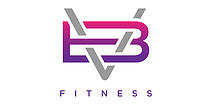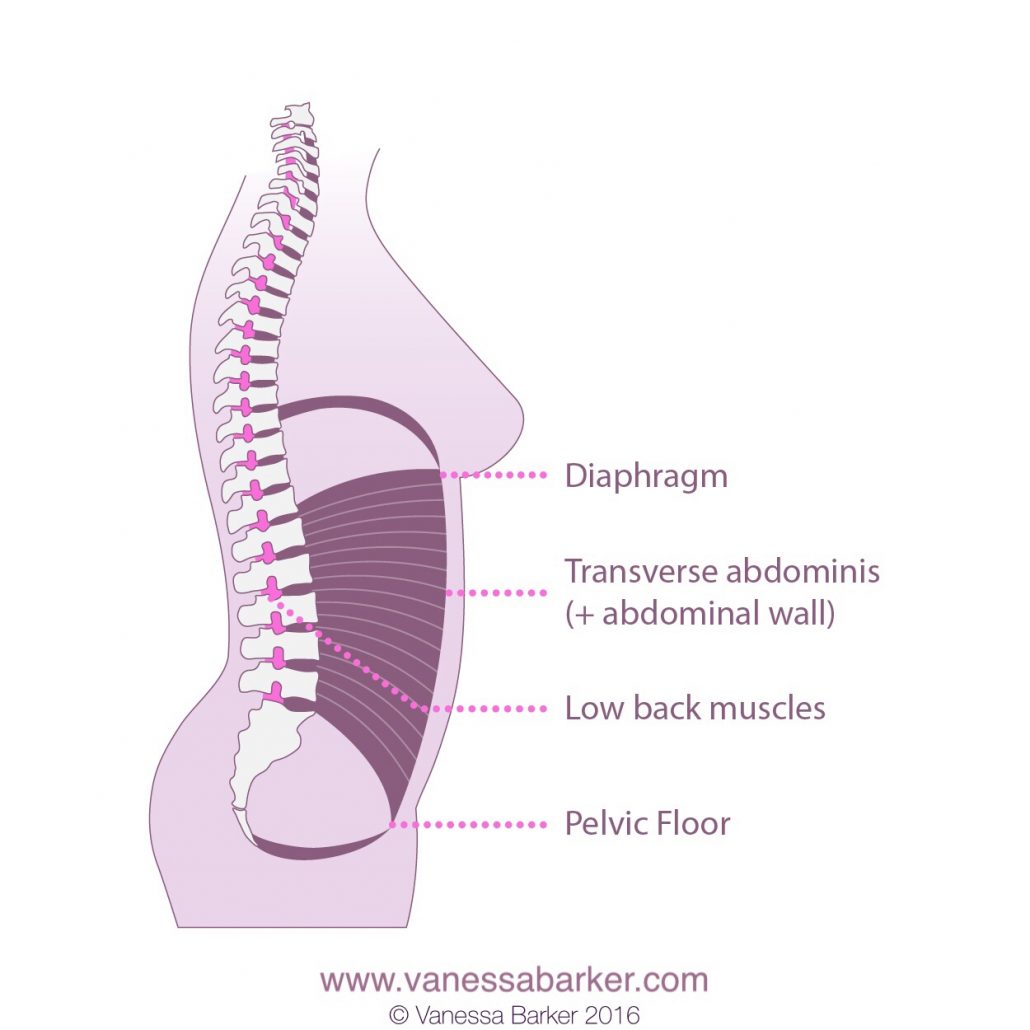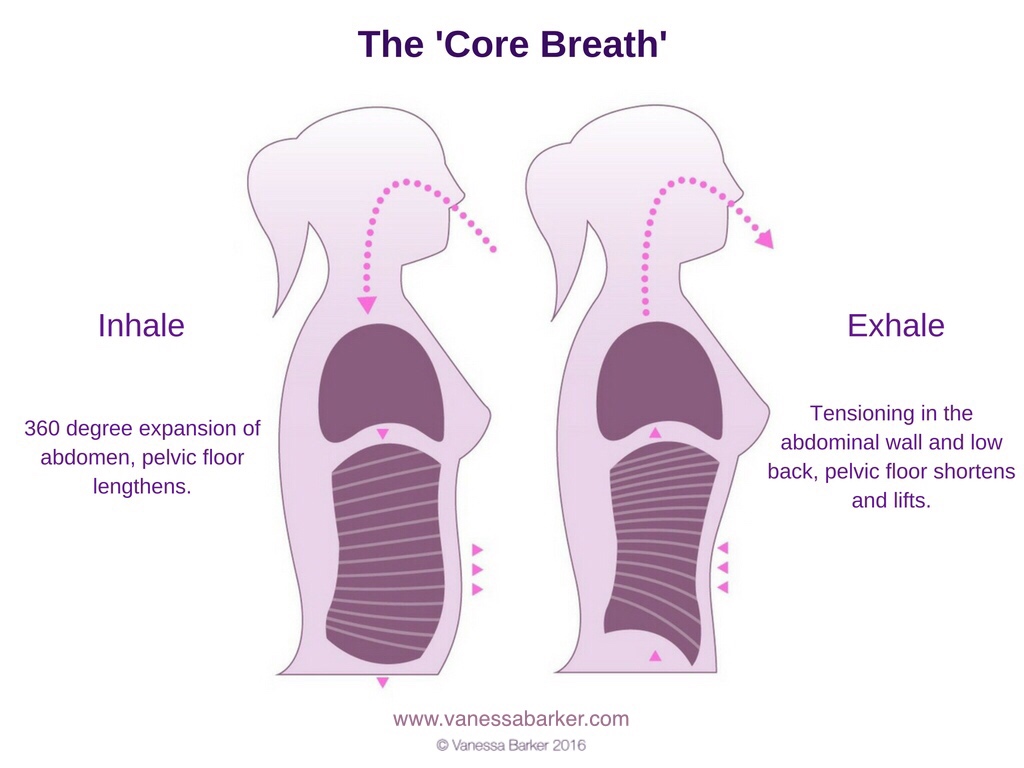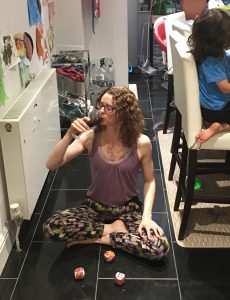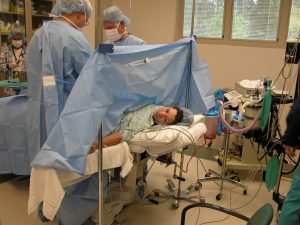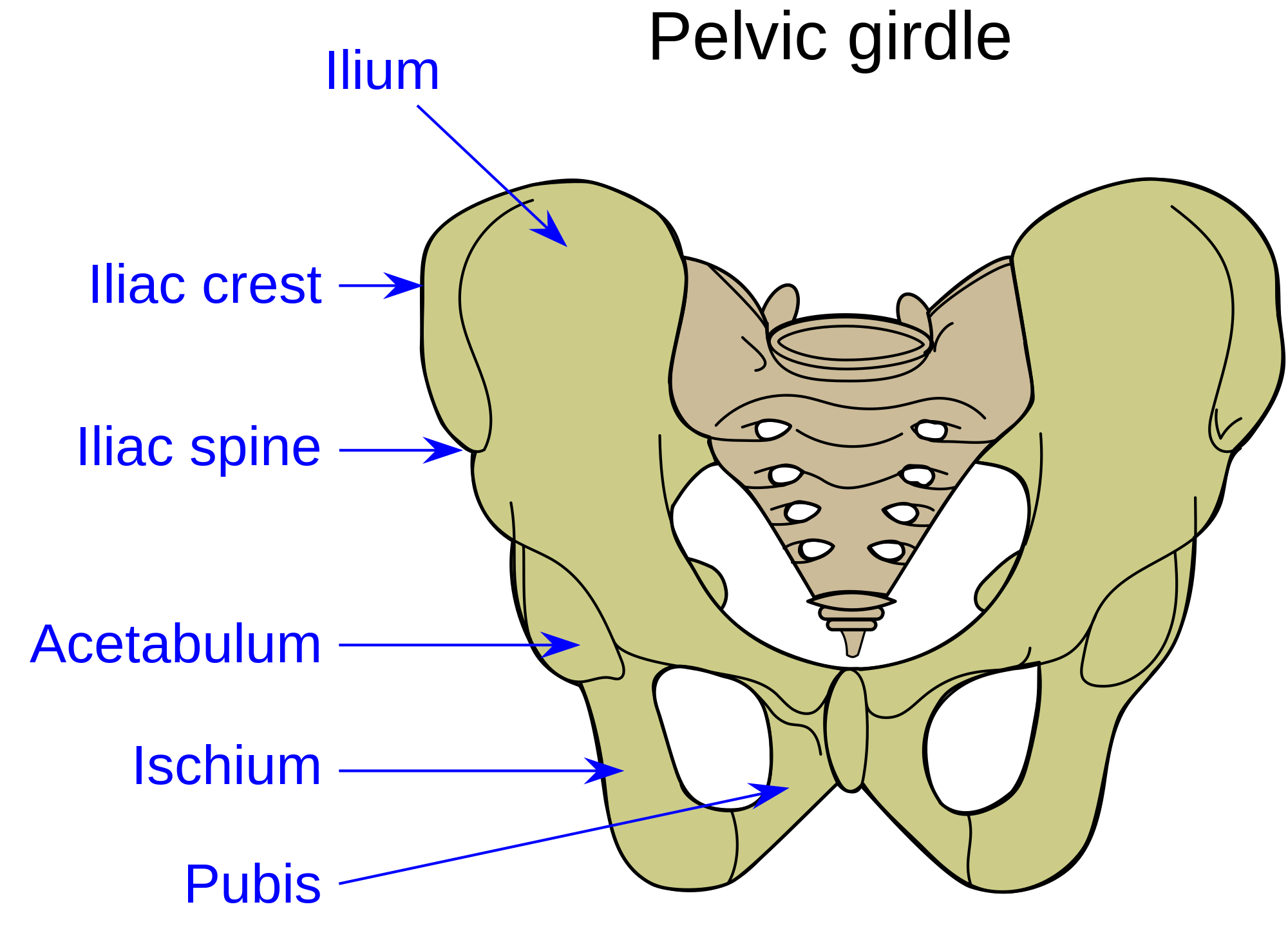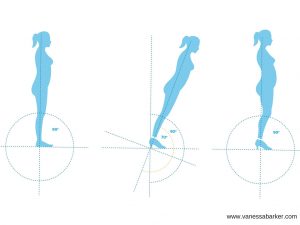I’m often short on time. My clients are often short on time. So being able to create a workout that makes the most of the little time we have is a basic requirement for me!
So I’m going to share with you the basic template I use to create most of my programmes. It’s simple, has the potential for loads of variety, and gives you ‘bang for your buck’ in terms of what you get out of each exercise. Basically, you’re maximising the little time you do have.
How?
Because the 4 moves cover your whole body. They use big movements, which means more muscles involved, more work done in a shorter space of time, and more calories burned.
It’s suitable for any goal.
The variety I said you can get from this means that you can tweak it to suit fat loss, improving strength, work up a sweat doing some cardio: all you need is some imagination! You can use it at the gym, or at home with no equipment.
And even when I’m creating a longer workout, these 4 exercises usually make the base of that workout, and I build from there, adding some extra moves in.
So what are the 4 moves?
- Lower Body Push
- Lower Body Pull
- Upper Body Push
- Upper Body Pull
What exactly does that mean?!
An exercise using either a pulling or a pushing action. (I’m hoping the upper/ lower body part makes sense!)
So an example that is suitable for postnatal clients (click the exercise name to see a video demo):
- Squat (lower body push, pretty much always a squat variation, of which there are LOADS!)
- Bridge (lower body pull- generally speaking if it makes your butt burn then it’s a lower body pull.)
- Wall Press Up (upper body push- works your chest)
- Wall Angel (upper body pull- works your back)
As you can see, the pushes and pulls work opposite sides of your body.
Do 10-12 reps (or 30-60 seconds for the wall angel) and complete it as a circuit, 3-4 times. That’s about 15 minutes, and for really time-pressed clients, they can do 1 circuit every time they get a spare 5 minutes (this one’s low intensity, so I don’t worry about a warm up like I would on harder workouts).
“I want to get a bit sweaty and feel like I’ve had a workout.”
Let’s take the same postnatal template, and tweak it.
- Squats.
- Kneel-Ups.
- Incline Press Up on the back of a park bench (or against a tree if this is too hard)
- Wall Angel (against a building or if there isn’t one then a tree).
- Hill/speed walk interval (if you’d like to include a run instead, check out my advice on returning to run after baby).
All you do is head to the park, complete the circuit then add a power/ hill walk before the next circuit. If you have a baby in a buggy, trust me, this is hard.
- Single Leg Deadlift (lower body pull)
- Goblet Squat (lower body push)
- Resistance Band Push (upper body push)
- Resistance Band Pull (upper body pull)
This is suitable for when you’re postnatal or pregnant (even with diastasis recti, although then it would be unloaded and you’d need to be assessed to check you’re controlling the exercise ok) , but because these exercises are slightly harder technique-wise it’s not one I usually start clients on. Because you’re adding resistance here it can be challenging for any level- just add or remove some weight! If you want some more postnatal core exercises you can read this blog though.
“I’m not postnatal and want to push myself even harder.”
Great. So many options for you! I’m going to throw some equipment in, but basic stuff you can buy to use at home.
- 1a- Kettlebell Swings (lower body pull)
- 1b- Side Lunges (lower body push)
- 2a- Leg Assisted Chin Ups (upper body pull. Note- video uses a bar, I use Olympic Rings with clients as you can set them up nearly anywhere)
- 2b-1 Arm Shoulder Press (upper body push)
The caveat here is that you do need to be taught to perform the swing. This is an ADVANCED option that I use, but I’ve included to show you just how hard this workout can get, especially if you have a little equipment (and all of these moves can be made harder still)!
For this one I quite like to break it down into a superset. I use these a lot with clients and on the Restore My Core programme. A superset is 2 exercises, and you go back and forth between them. So exercise 1a and 1b you go back and forth 3 times, then the same for 2a and 2b.
Obviously with the more intense workouts you need to throw in a suitable warm up and cool down before and after, but I really hope this gives you an idea of how easily you can create a workout, and how you don’t have to spend hours in the gym to improve your fitness.
Disclaimer: consult with a medical professional before making any changes to your exercise routine, especially if you haven’t done any restorative postnatal work- be sensible about what you attempt! See full disclaimer here.
